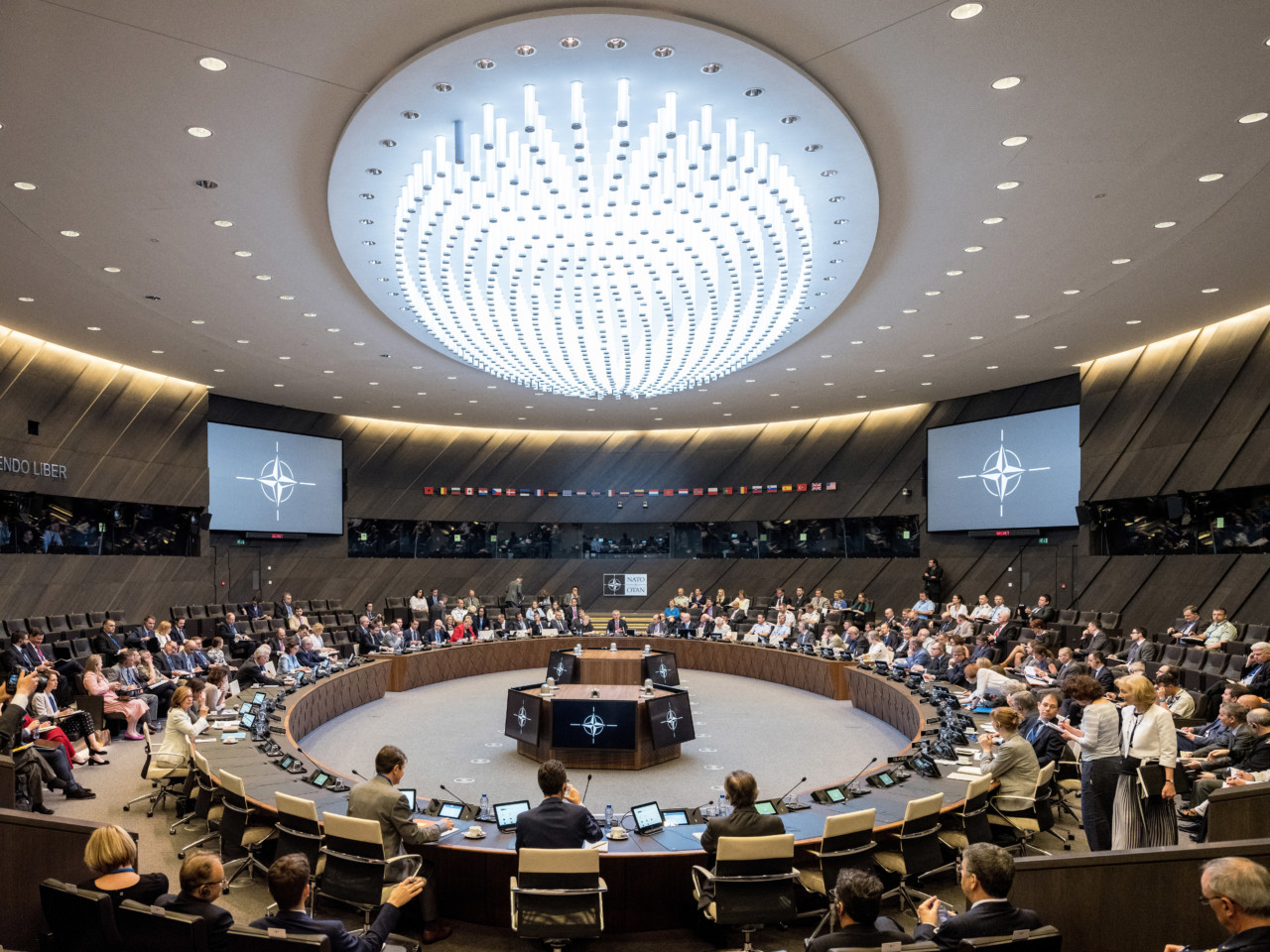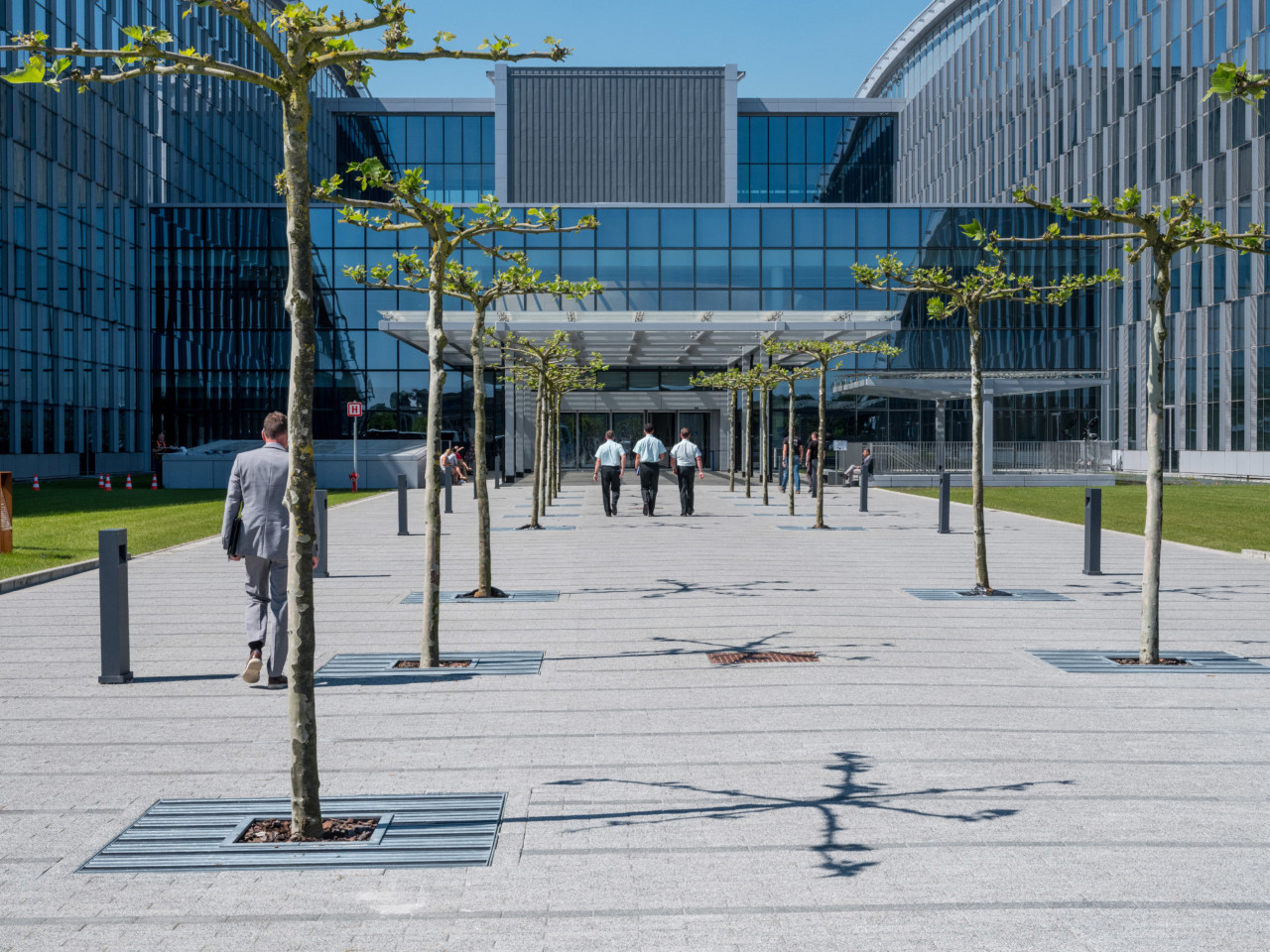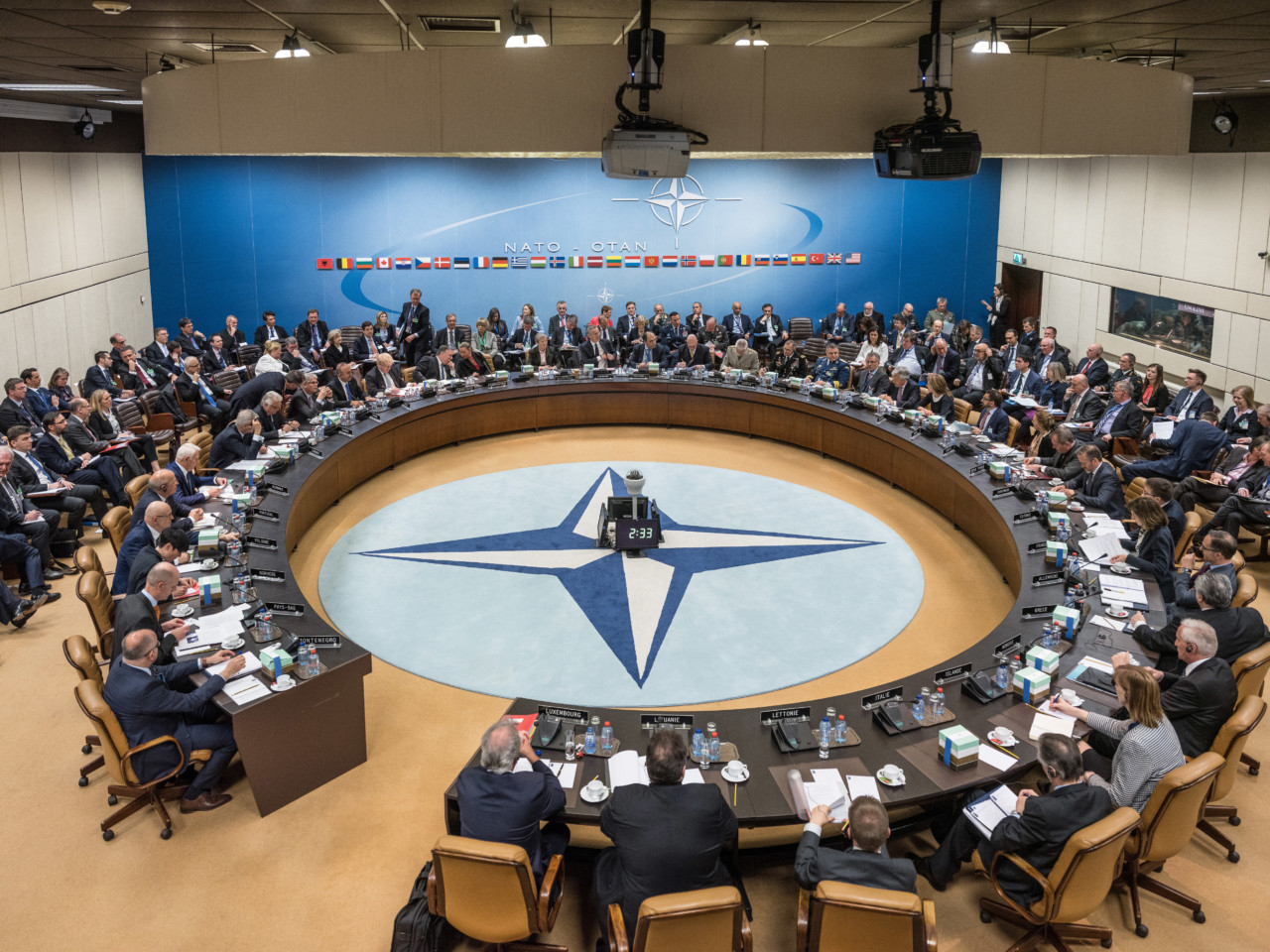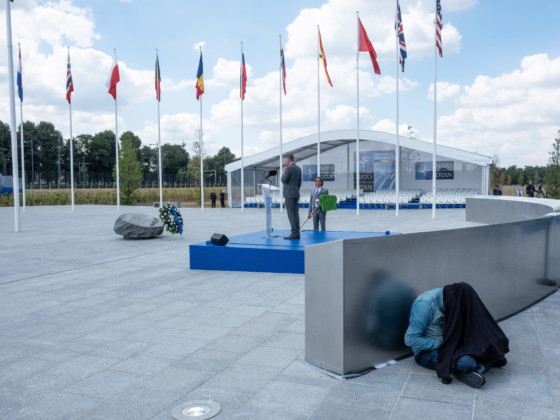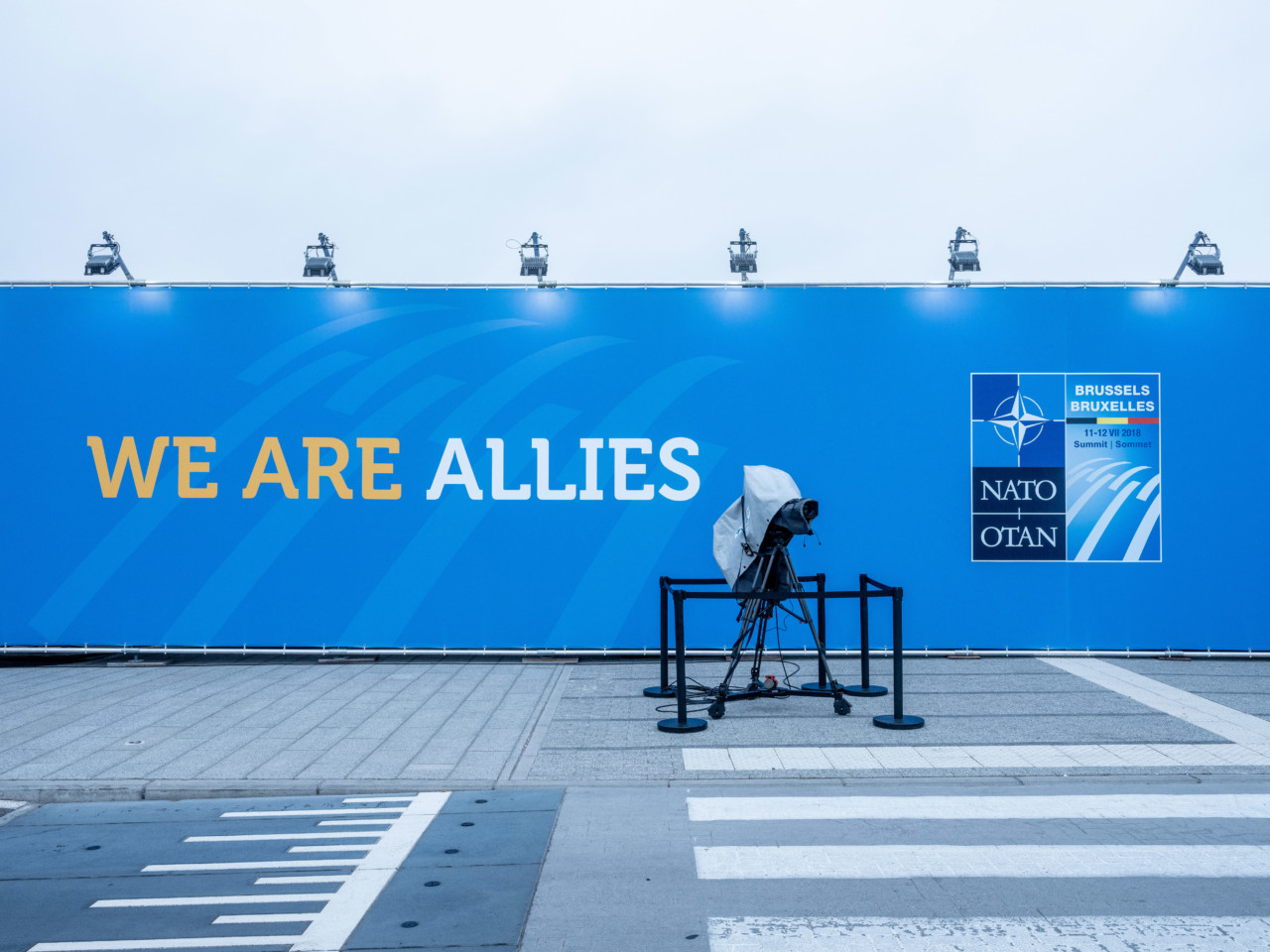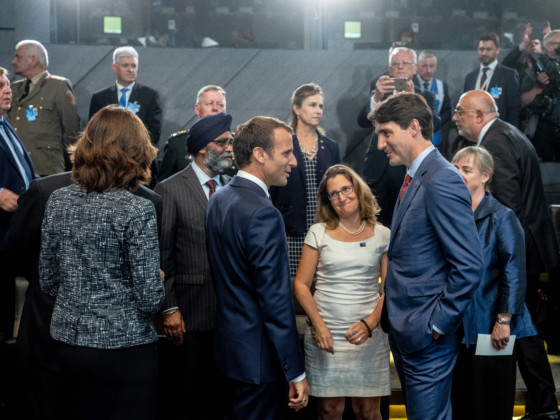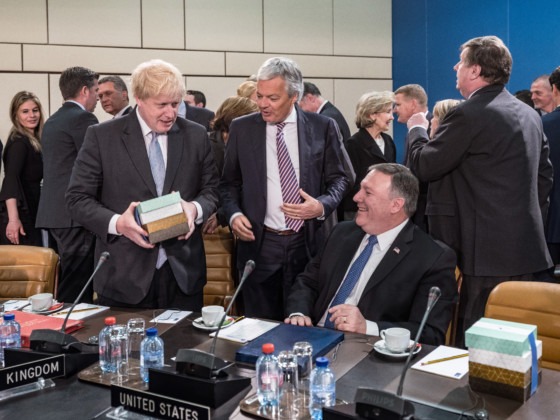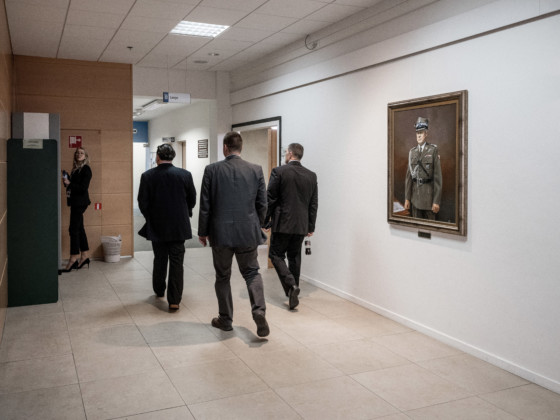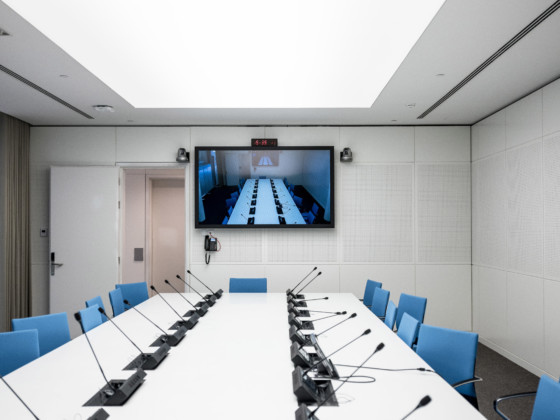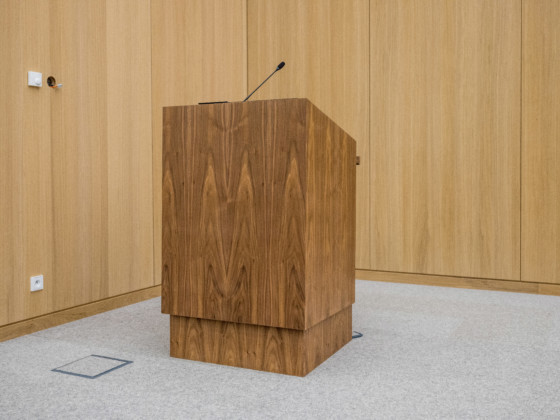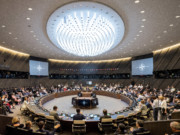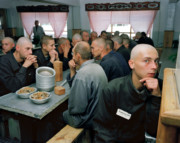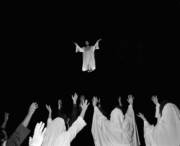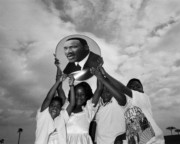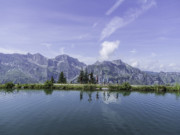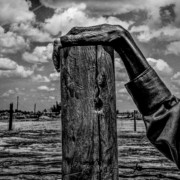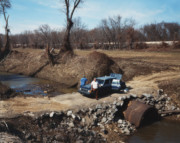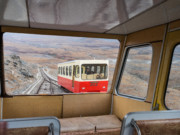NATO at 70: Inside the Alliance’s Headquarters
Carl De Keyzer’s ongoing study of politics and power leads him to photograph the everyday working environment in the Brussels HQ
Located on the Belgian capital, Brussels’, Boulevard Leopold III, the NATO headquarters is the political and administrative center of the alliance. The permanent home of the North Atlantic Council – NATO’s senior political decision-making body, the building provides a venue for representatives and experts from all member countries to meet. It is also home to national delegations of member countries and to liaison offices or diplomatic missions of partner countries. Roughly 6,000 meetings will take place at the headquarters every year.
First based in London, the headquarters was relocated to Paris in 1952 before being transferred to Brussels in 1967, a move which was intended to be temporary. In March 2018, NATO’s new permanent home in Brussels was opened. Magnum’s Carl De Keyzer was there to witness the last official meetings in the old building as well as the first in the new one, including the summit with President Trump of the United States
"For some time I have been interested in documenting the interior of NATO"
- Carl De Keyzer
The old building, according to De Keyzer, looked like an old school or military barracks, whereas the new one is more like a “high-tech alien spaceship.” Arranged around a central agora, the design for the new NATO Headquarters building was inspired by the place of meeting in ancient Greece adjacent to the Acropolis; where all people were allowed a voice. The central agora space creates a common ground for formal and informal meetings and forms the central communication spine between all spaces.
Belgium is a small country, with a population of just 11.35 million, and yet it houses two major international institutions on its soil – NATO and the European Parliament. “These have always intrigued me, it’s like having two Vaticans in one small country,” says De Keyzer. “For some time I have been interested in documenting the interior of NATO.”
De Keyzer’s work was significant because, unlike with the European Parliament building, there has been very little documentation by independent photographers of the NATO headquarters – “and, of course, I was very curious,” adds the photographer. “NATO has some official photographers who follow the Secretary General all the time and have more access. Still my access was better than regular press.” Despite his access, De Keyzer was accompanied by a representative from the NATO press office at all times, and found that many areas and delegations remained off limits. De Keyzer did however manag to visit and document the Belgian, Romanian, Canadian and Icelandic delegations.
"Every system had a different and often strong visual language"
- Carl De Keyzer
De Keyzer is no stanger to exploring political territory. A common thread of the photographer’s work is the exploration of systems of power, including the business of Christianity in America (God Inc.), Life in the then USSR in the late 1980s (Homo Sovieticus), Siberian Prison life (Zona), and the North Korean Dictatorship (DPR Korea Grand Tour). He suggests that another reading of his lifetime’s work, is that it could also be about endings: “During my lifetime, and in my work, I will have witnessed the decline of many of these systems of power. Like communism, colonialism, religion, democracy, old world order.”
The aesthetics of the powers he explores also influences the style in which the photographer creates his work. His book Trinity, (which refers to the code name of the first detonation of a nuclear weapon) was inspired by historical paintings, which were a way of communicating power to their viewers. “Thinking like a painter but working like a photographer I went to different places of politics and war,” he says.
“Every system had a different and often strong visual language,” explains the photographer. “Think of the Romans, Nazis, the USSR. This interests me; When power shows itself or wants to impress, strong visuals appear. This is not a politically correct thing to say, but I would have loved working [as a photographer] in Berlin during the thirties and beginning of the forties.”
In terms of what expressions of power he’d love the access to be able to explore, De Keyzer says that there are many places he’d like to visit but access if often impossible to gain at all or too severely restricted: “There is the Vatican, the Duma, the multinational companies, secret orders… My life is too short.”


